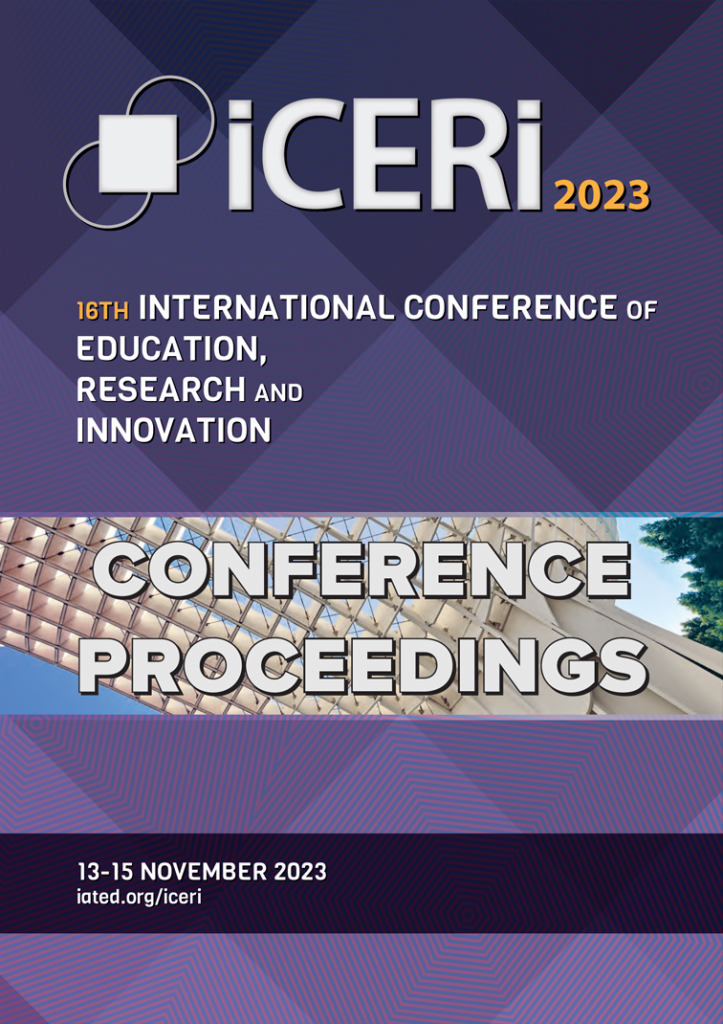In recent years, disruptive technologies as Virtual Reality (VR) and Augmented Reality (AR) have gained increasing attention in higher education as tools to enhance learning and teaching experiences. These immersive technologies offer interactive environments that aim to revolutionise traditional classroom settings to improve students’ engagement and understanding in diverse subjects and disciplines. High education in Design has adopted and harnessed the potential of VR and AR given the intrinsic connection with certain design subjects and domains such as graphic, interaction design, and experience design. However, to what extent has design education successfully integrated these technologies to enhance the learning experiences? While several studies have examined the implementation of VR and AR in design education, most have focused on specific design domains, and comprehensive cross-disciplinary analyses are lacking. This systematic literature review aims to fill this gap by investigating the contributions of VR and AR on design education, analysing the design areas that have incorporated these technologies and exploring the impact of these technologies on project-based learning and teamwork. We conducted firstly a systematic literature review of the most recent open-source papers (from 2021 to 2023) in Scopus and Science Direct, and then we also included practical case studies to enrich the research dataset. Our findings suggest that in terms of design subjects and domains the predominant adoption of VR and AR is in spatial design, interior design, and architectural design, highlighting the needs for its diffusion in other design areas. The findings also indicate to link the VR and AR development with the potentialities to translate them into evolution of learning methods and tools going beyond the creation of immersive didactic environments. Additionally, we identify the potential of VR and AR in expanding experimentation possibilities, enabling students to explore diverse design scenarios and test multiple solutions in new ways. Eventually, we discuss the potential for collaboration and transdisciplinary teamwork, which has not been widely adopted thus far. These findings offer guidance to design high education institutions seeking to effectively integrate VR and AR technologies into their higher education programs, enhancing learning experiences for students.
